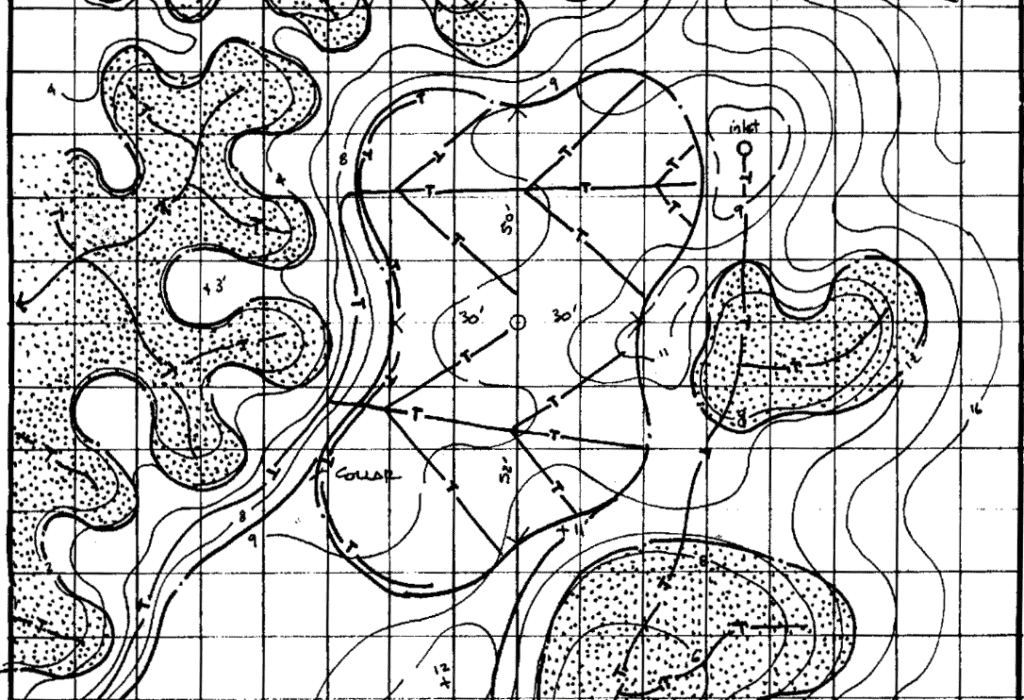
Wondering how a golf course comes to life? We’ve got answers. Allow us to introduce a seldomly thought of aspect of the game of golf; golf course architecture. What exactly is it? Golf course architecture can be described as a unique blend of both art and science, where creativity meets precision and planning, to create the perfect playing environment. In this post, we’ll explore the intricacies of golf course design to understand what makes a course not just playable but memorable. We’ll also explore the fundamental principles of golf course architecture, the role of golf course designers, and the key elements that contribute to exceptional golf course design. Let’s get into it:
The Foundations Of Golf Course Architecture
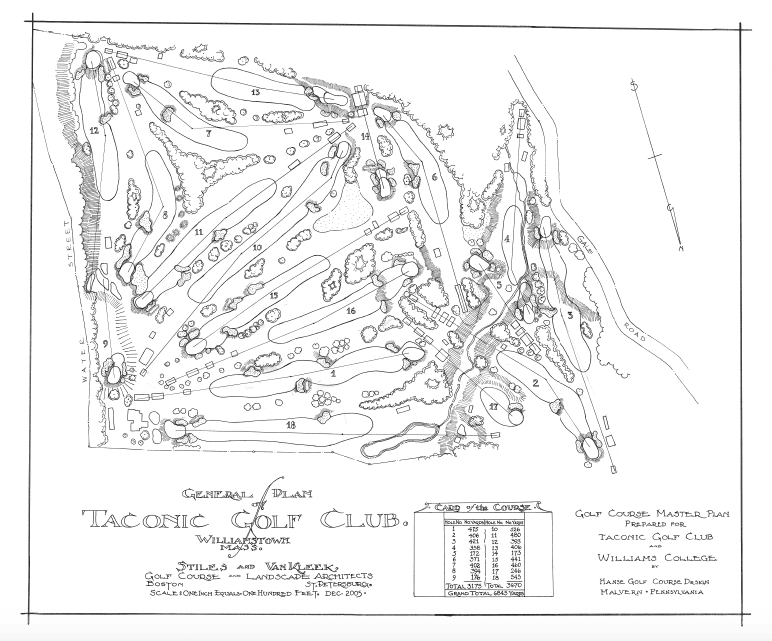
1. Site selection & analysis
The foundation for any great golf course begins with selecting the right site. If you build a beautiful mansion in a swamp – it’s not going to do you much good. The role of a golf course designer is to analyze multiple factors: topography, soil composition, climate, and natural vegetation to name a few. Having a proper understanding of these factors is crucial for creating a golf course that harmonizes with its surroundings and offers a unique playing experience.
2. Routing and layout
What do we mean by routing? The routing of a golf course refers to the arrangement of holes in relation to the landscape. Expert golf course designers focus on creating a natural flow that maximizes the terrain’s features. This involves strategic placement of tees, fairways, and greens to ensure variety and challenge while minimizing environmental impact.
Key Elements Of Golf Course Design
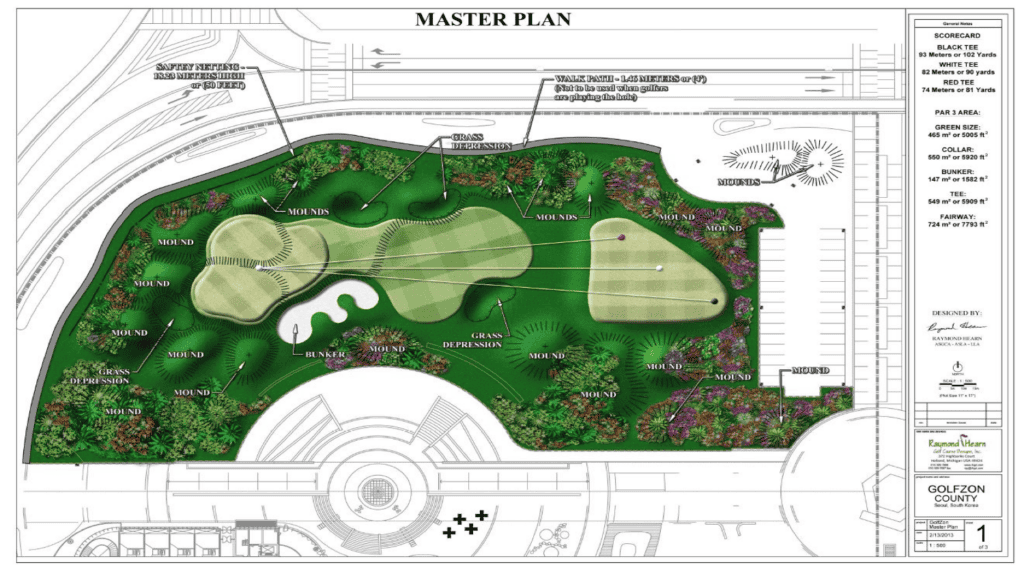
1. Greens and Fairways
The design of greens and fairways is a critical aspect of golf course architecture. Greens must be contoured to provide interesting and challenging putts while simultaneously maintaining fairness for those of us that need it. (Like myself). Fairways should offer strategic options, allowing players to choose different lines of play based on their skill levels – it’s a delicate balance of keeping things interesting, manageable, challenging, and environmentally sound. Sounds like a lot of work if you ask us.
2. Bunkers and Hazards
Bunkers and hazards. If you ask us, we’d be fine without ’em. But unfortunately, we don’t have any say. Golf course designers use these elements to create risk-reward scenarios that test a player’s decision-making and shot-making abilities. Properly placed bunkers can guide players’ choices and add aesthetic value to the course.
3. Water Features
Again, they look nice, but we wouldn’t be upset if they went away. Name a worse feeling than seeing that splash…we’ll wait. Lakes, ponds, streams, general bodies of water definitely up a course’s aesthetic quality. Golf course designers use them for this purpose, but also to create those same risk/reward scenarios we mentioned above.
4. Tee Box Placement
Tee box placement is vital for accommodating players of varying abilities. By offering multiple tee options, golf course designers ensure that the course is enjoyable and challenging for beginners and professionals alike.
The Role of Golf Course Designers
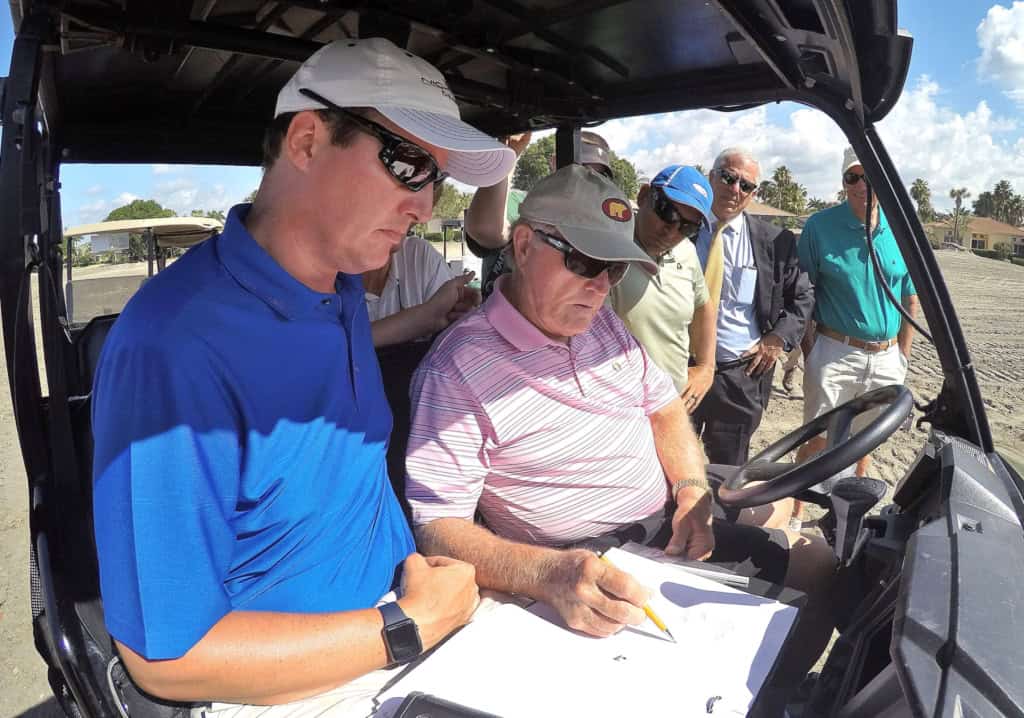
1. Vision and Creativity
Simply put, golf course designers are artists. Golf course designers are visionaries who can transform a piece of land into a playable work of art, which we think is one of the coolest abilities someone can posses. Designers abilities shape the course’s character, blending natural features with man-made enhancements to create a harmonious design. It’s easy to draw pretty direct parallels to an artist painting on a canvas.
2. Environmental Stewardship
Sustainable golf course architecture is essential in today’s world. Golf course designers strive to minimize environmental impact by using native plants, conserving water, and protecting wildlife habitats. Eco-friendly design practices not only preserve the natural beauty of the site but also ensure long-term sustainability. Important stuff!
3. Collaboration and Execution
Successful golf course design involves collaboration with engineers, landscape architects, and construction teams. Golf course designers oversee the execution of their vision, ensuring that every element is built to their exacting standards.
Famous Examples of Golf Course Architecture
1. Augusta National
This one likely comes as no surprise: Augusta National Golf Club. Some would argue that Augusta National is the very pinnacle of golf course architecture. Learn more about Augusta here.
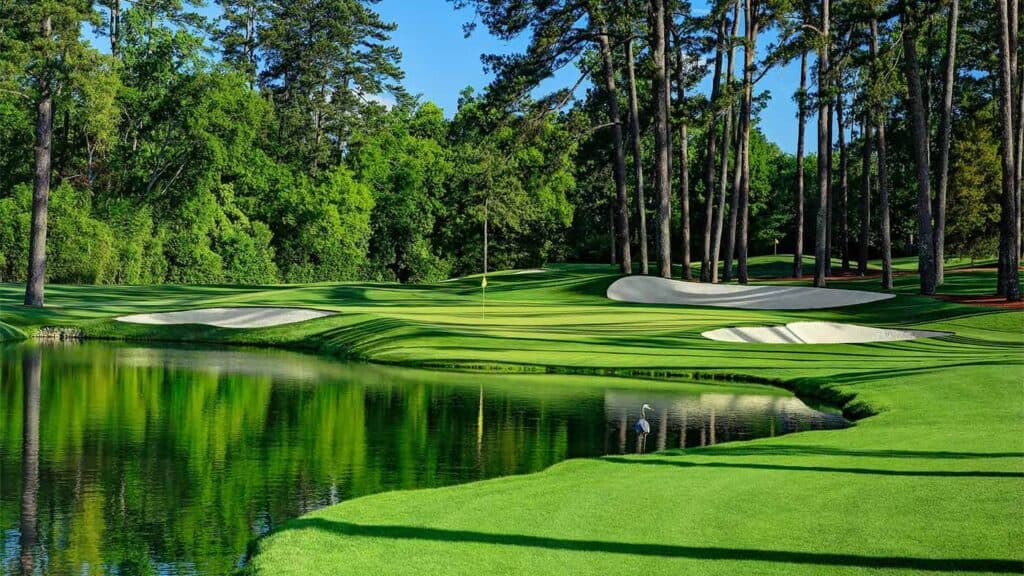
2. Pebble Beach
One of the most scenic golf course designs to exist in the world today. Learn more here.
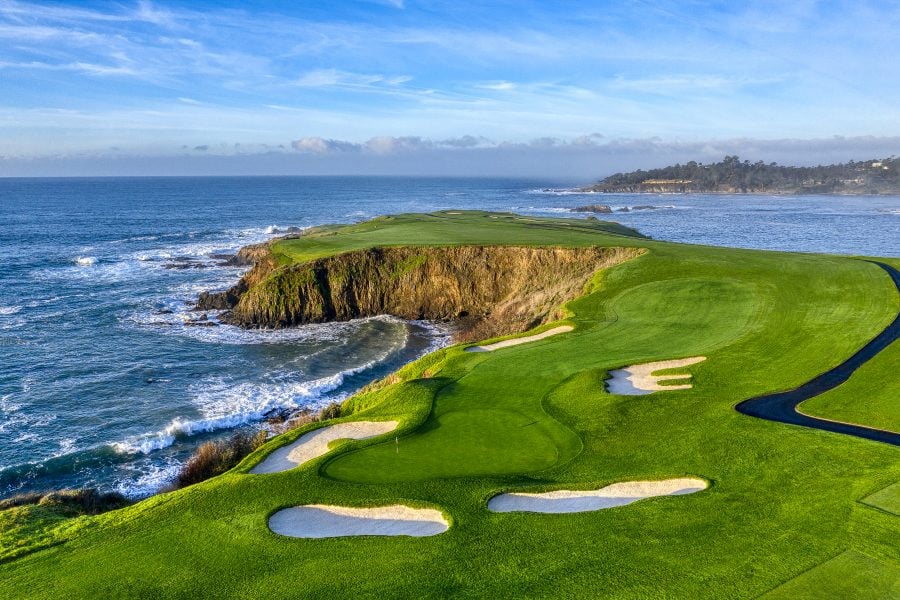
3. Pine Valley
“Analyzing a golf course need not be complicated. One simple but effective way to judge a design is by the quality of the course’s property, its hazards and greens. Pine Valley excels at all three.” Learn more here.

Conclusion
Golf course architecture is a delicate balance of art, science, and environmental stewardship. Every course no matter how well known, is a testament to the creativity and expertise of its designers. Understanding the intricacies of good golf course design can deepen your appreciation for the game and the landscapes that make it special. The next time you step onto a golf course, take a moment to appreciate the thoughtful design and meticulous planning that went into creating such a unique playing experience.



